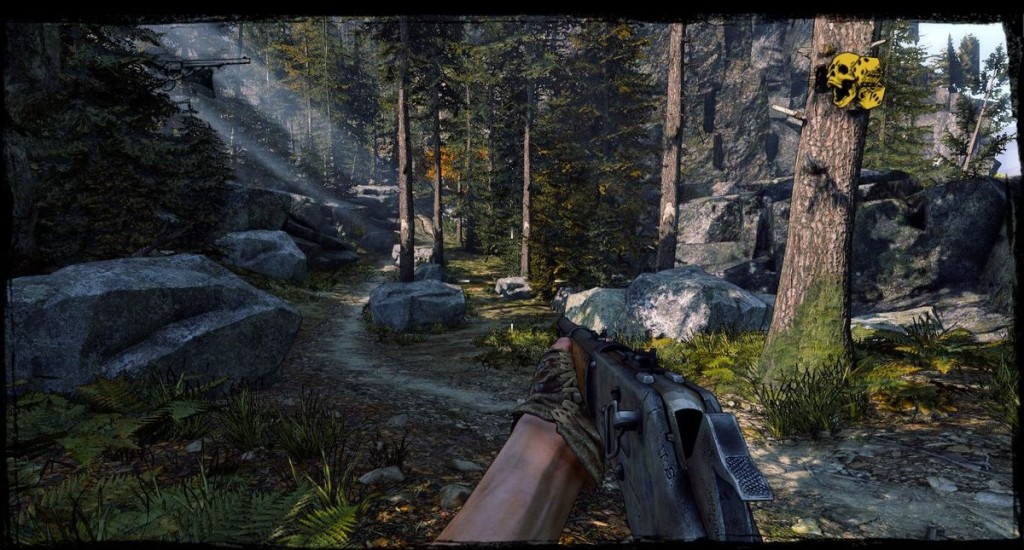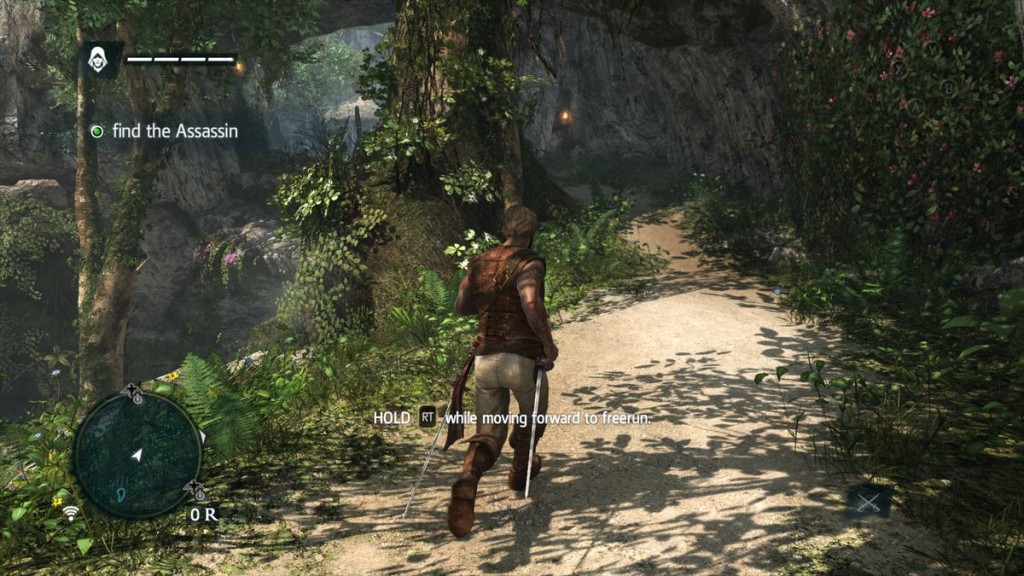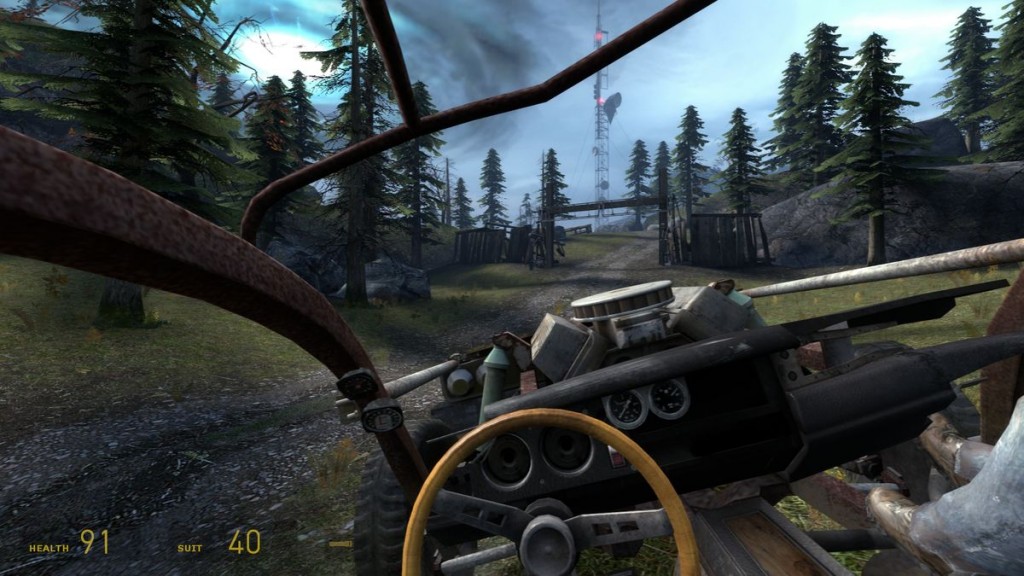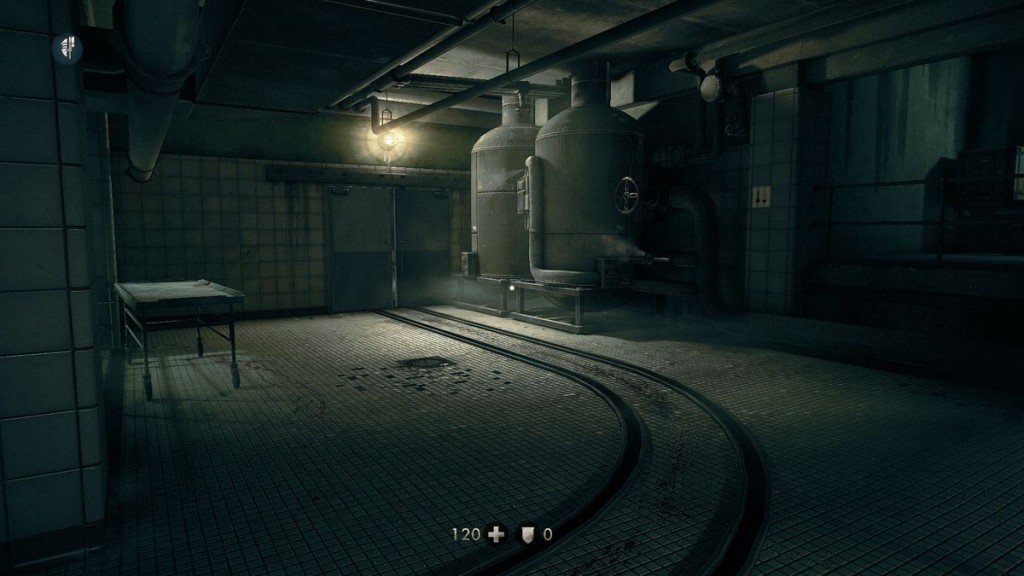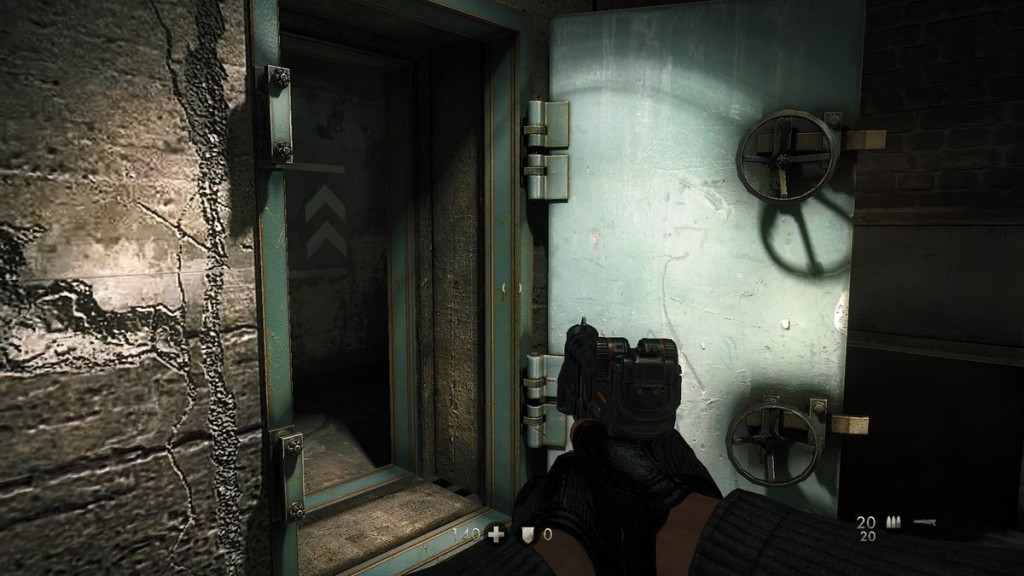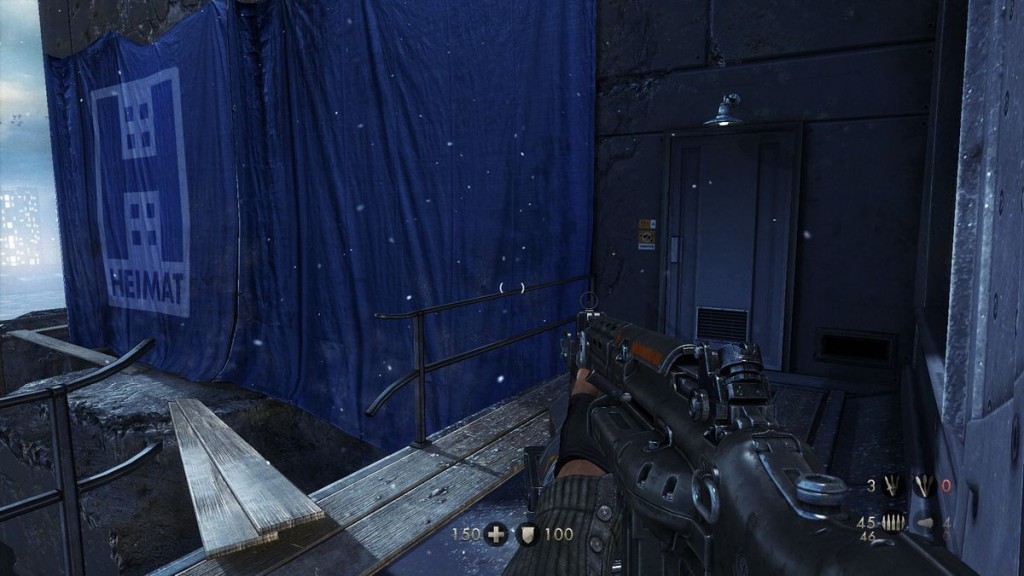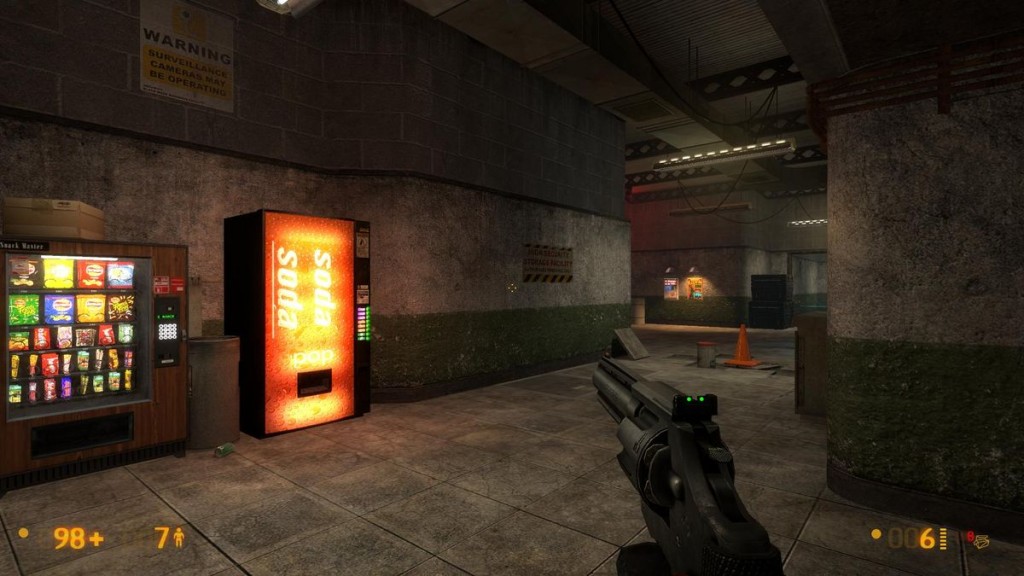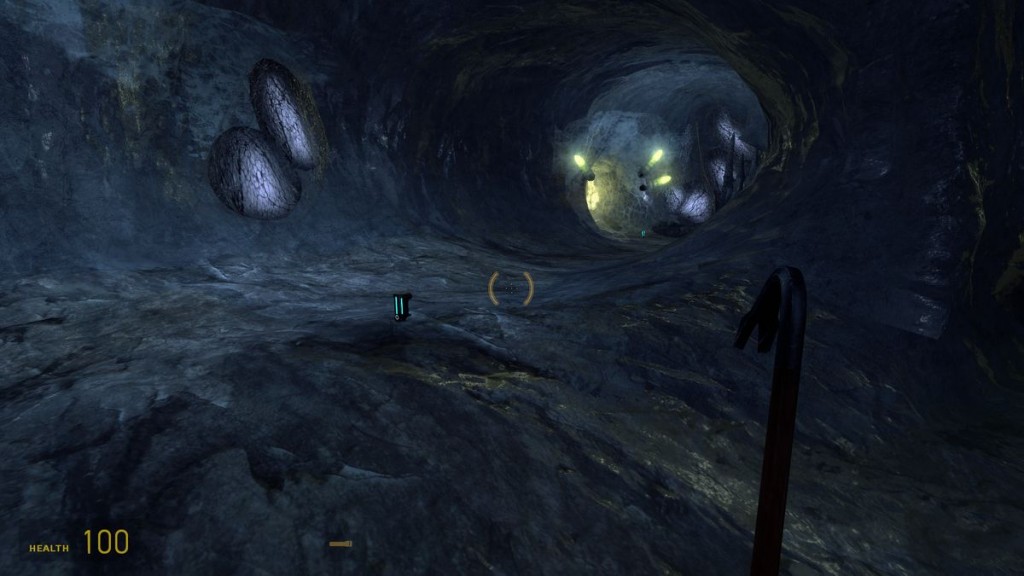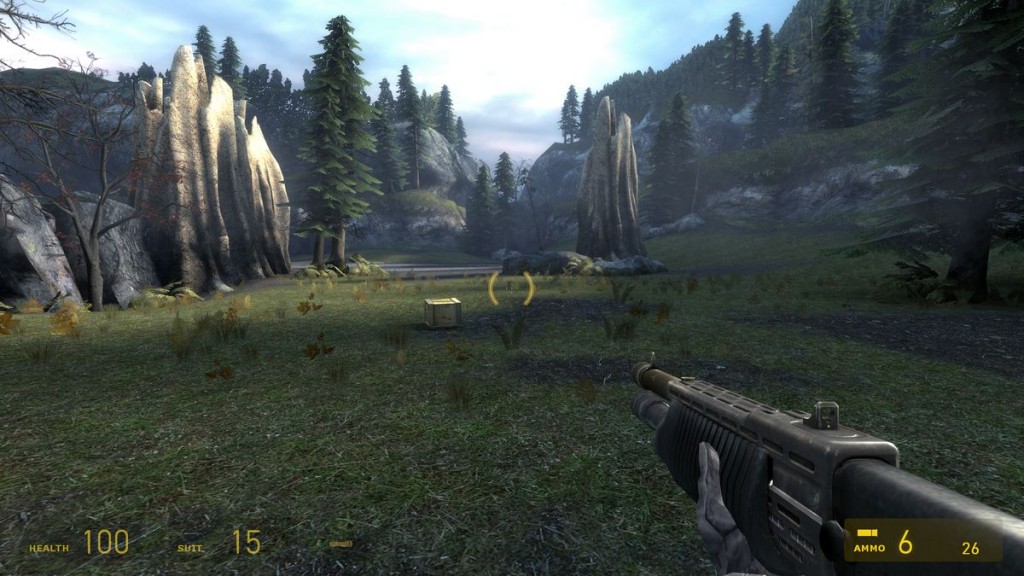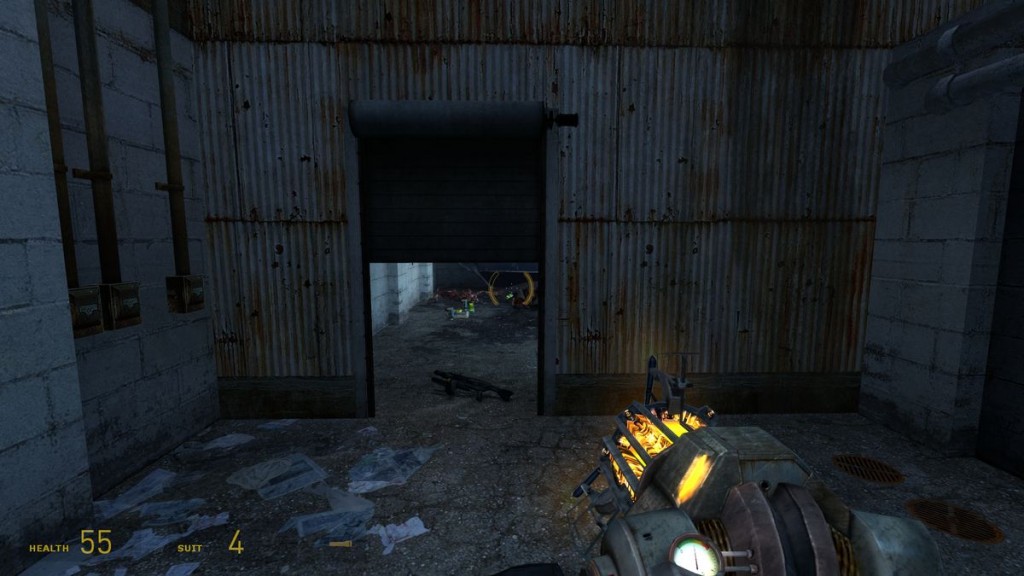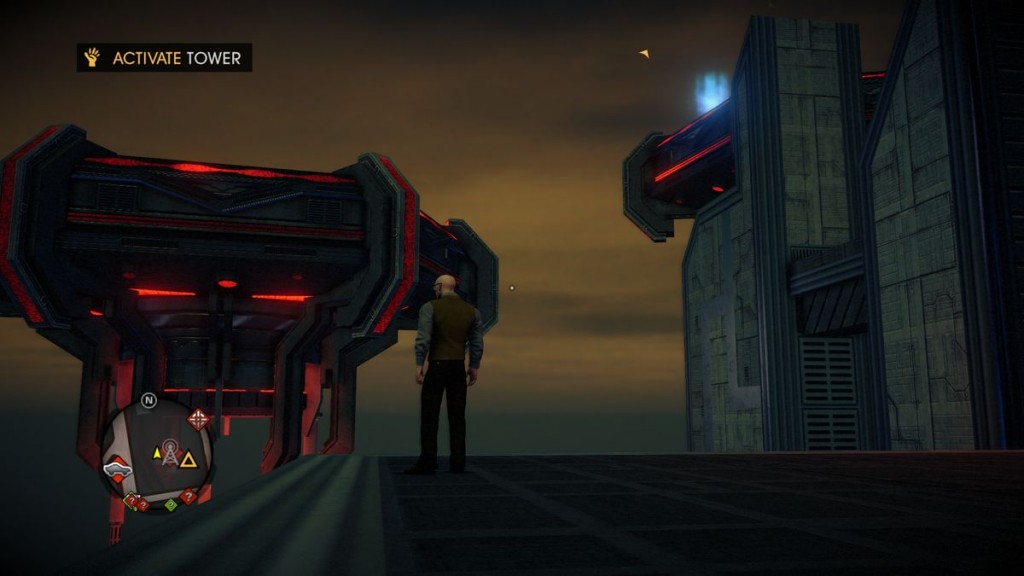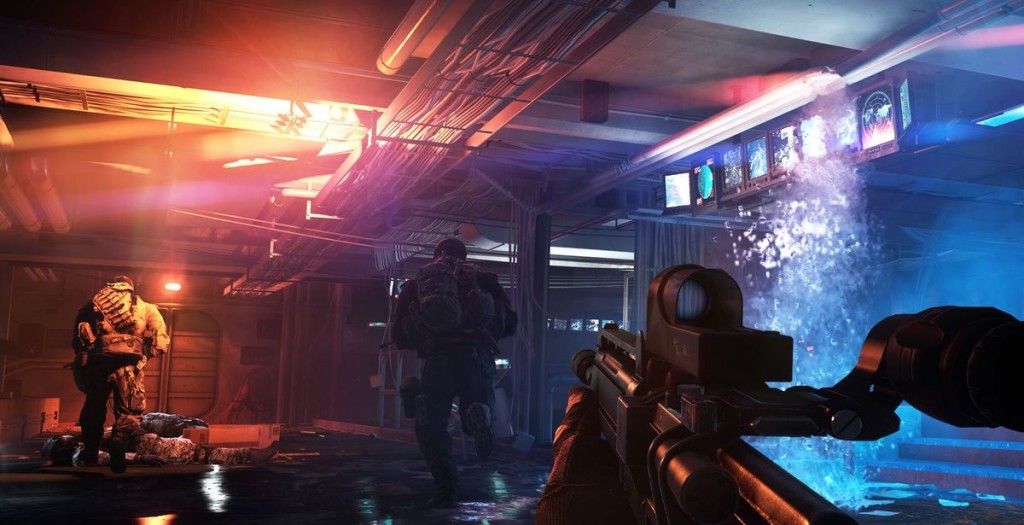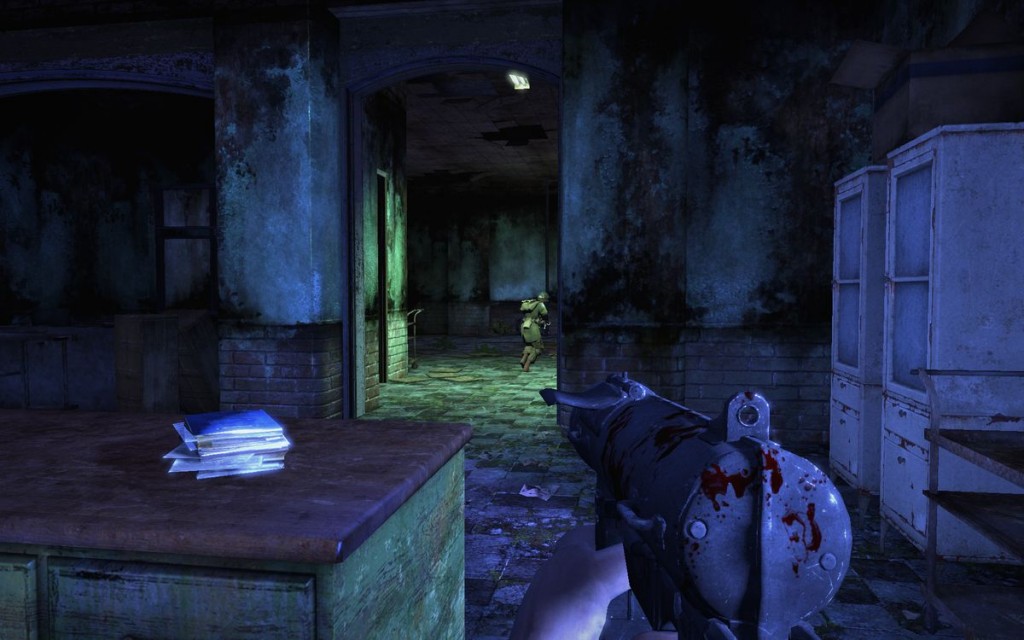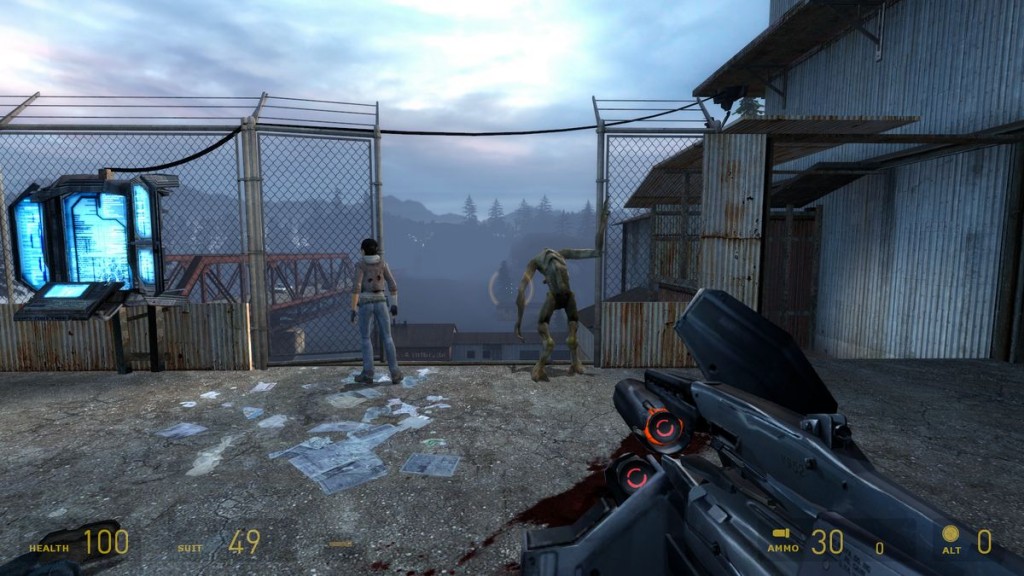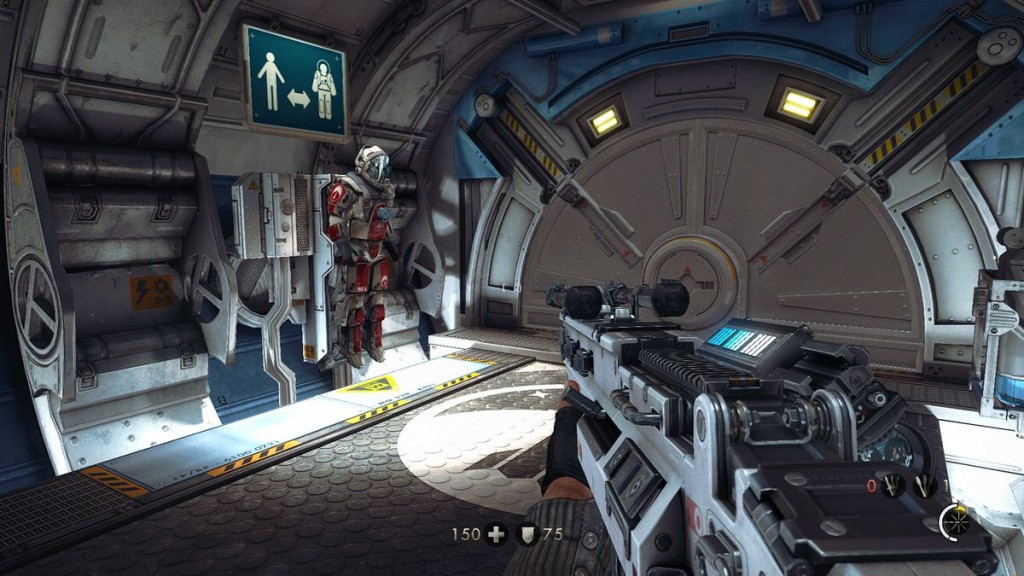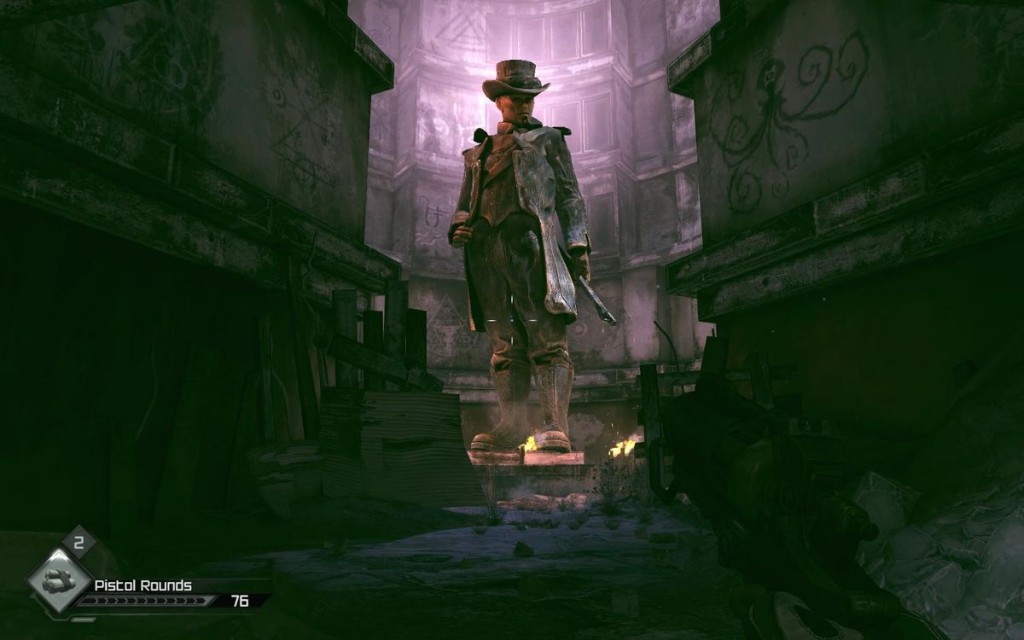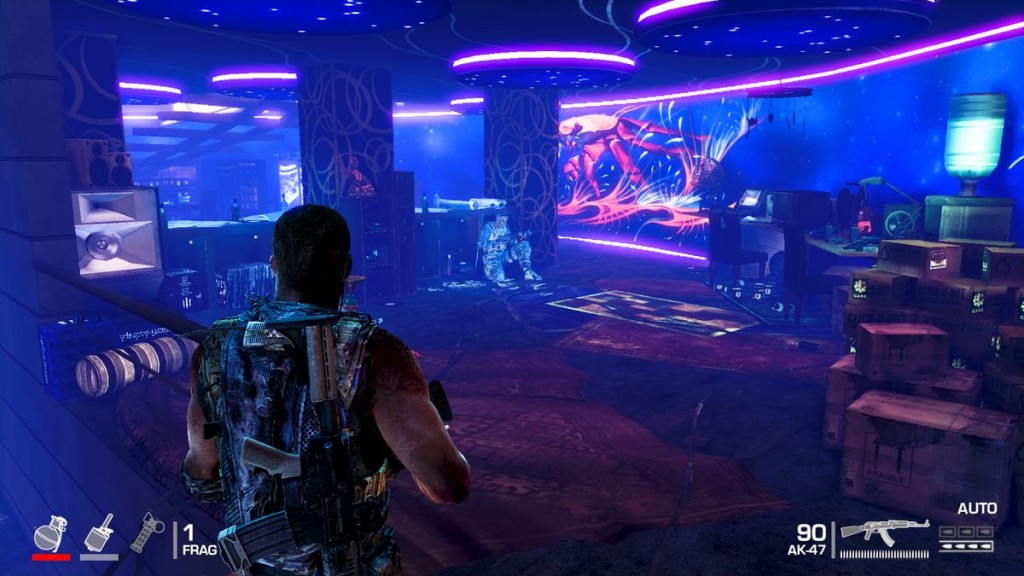1. Perceived affordance
So let's first briefly define "perceived affordance". To learn more about this, check out the book of reference: The Design of Everyday Things by Donald Norman, which should be on the must-read list of all designers.
An element is perceived as having affordance when it communicates the type of interaction that can be done to it. For instance, a teapot has affordance to be picked up because it has a large visible handle that's just the right size for a human hand (it "affords" grabbing.) If a teapot had no handle, you'd have to pause and think about the purpose of it and how to manipulate it.
Another example I like is how door handles control the interaction: a vertical handle on the side of a door leads to people pulling the door, whereas a long horizontal handle like on emergency exits leads people to push the door naturally, which is why public places that use the same handles on both sides need signs (push/pull) to say what the design failed to say. Our understanding of affordance comes partly from learned behaviors, partly from how our bodies are made (e.g. which hand and arm position feels better for pushing or pulling), but in any case it's one of the fundamentals of designing usable gadgets, appliances, furniture, etc…
So in game design, when we talk about something having affordance, it means that the object itself (seconded by the context it is in) invites the player to interact with it in a certain way. An object that has affordance for a certain interaction but does not respond to that interaction creates frustration and breaks suspension of disbelief (e.g. it looks like I should be able to vault over this low wall, but I can't; this wooden crate looks flammable, but it's not; this hammer looks like a good melee weapon, but I can't pick it up…) This is why Donald Norman is usually careful about precising "perceived affordance", because what the viewer perceives may not be what the element actually affords.
Remember though that not all types of affordance translate one-to-one from the real world to the game world. It obviously depends on the game, but also on what types of interactions are not exploited in games in general. For instance, it is very rare that games let you actually pull a door open, most doors are opened away from the player by pushing; so doors with "pull" handles won't really be communicating much to the player.
Elements with high affordance (very clear and inviting) can be used to lure players to them quite effectively. Objects can also have "non-affordance", which means they deny a certain type of interaction just by their specific form and aspect (e.g. a padlock denies opening without a key; barbwire on a fence denies climbing; subway benches divided by metal bars deny lying down to sleep…), which can be useful to tell the player that something is non-interactive or not the way to go.
This is in large part driven by game design and art, but it also applies directly to level design, which is the aspect I'll focus on.
2. Invite to take paths with higher affordance
Affordance applies to paths through the environment as well as individual objects, but must always be considered in relation to the player abilities. If the player cannot jump, a low wall will not be inviting, and if he can't swim, a river will not afford crossing.
In that regard, an open path is more attractive than a closed one because it is immediately perceivable as affording navigation. Open doors naturally drive the player to them, much more obviously than closed doors. That's partly why many shops leave their front doors wide open during opening hours, because it is more inviting to potential clients, and signifies clearly that the shop is open.
Paths of higher affordance can be open, uncluttered, free of visible threats, well-lit, leading to a visible destination, matching the player's movement abilities, highlighted by composition tools mentioned before… For instance, a clear stepping-stone path through a forest (e.g. leading to the closest village) will look more inviting than a small dirt trail (e.g. leading to an optional objective) which itself is more inviting than a vaguely defined path with bushes and fallen trees in the way (e.g. leading to a secret.)
3. Lure to mechanics of critical affordance & incentives
Similarly, gameplay mechanics that afford critical interactions will attract the player to them, and so if placed smartly can act as guides in cases where the environment itself may be too complex or cannot/will not rely on composition and other tricks.
This is particularly interesting in the context of dynamically changing the player's focus, by changing the context that makes the player want to get to the game mechanics in question. For instance, a healing station just after a boss-fight will attract players, but once they have replenished their health, they will move on to figure out the way out of the room. Smart placement of the healing station will have put them in a perfect position to spot the exit, which was not immediately visible or obvious when entering the room.
It also works in general with pick-ups and items that players crave no matter the context (e.g. crates with goodies inside, upgrade station, ramps to jump/drive off of etc.) You can use pick-ups as breadcrumbs to highlight an otherwise unclear path, and best of all it's a very cheap way of doing it and can be added late in development, as a band-aid for areas that players find too confusing.
4. Attract attention with characters
Characters in games also have a kind of affordance (or non-affordance if the player must avoid them), although it depends on the character and the game whether they afford talking to, stealing from, killing…
Our pattern recognition skills are well developed to spot humans and animals, so as long as they contrast a bit with the environment/are lit well enough, they stand out (even human-shaped elements like statues, suits… to some extent.) For instance, players will generally be driven to places enemies come from, so it's not rare for designers to make the last wave of enemies in a combat scenario come from the exit of the area. AI companions are also very useful to communicate the way forward, for instance by leading on a path, standing next to a door, pointing to a direction, calling the player…
